
Nitheesh NH
Introduction
What’s the Story? Initially inspired by the clothing choices of skateboarders and surfers, streetwear has grown to include denim, knits and other comfortable fabrics, as well as oversized and casual fits, bright colors, prominent branding and gender-neutral designs. Likewise, the main buyer base has expanded: while men traditionally made up the bulk of streetwear customers, the segment has drawn greater engagement from women over the years. The streetwear segment also maintains a limited supply and distributes products through the “drops” model, where products are only available at certain times and locations, meaning that customers often need to wait in long lines to make purchases or order online quickly before a product sells out. Between the limited supply and “drops” model, streetwear brands create a sense of urgency among consumers and maintain demand for their products. Although some parallels with athleisure exist, streetwear is more stylized, with some brands using it as a conduit for their values and messaging. In contrast, athleisure is primarily clothing and footwear that can be worn in athletic and casual settings. While streetwear originated in coastal sports cultures, it has pervaded mainstream fashion. As the global luxury consumer continues to grow younger, many brands are looking to include streetwear styles as part of their main collections, beyond one-off collaborations. In this report, we explore the rise of luxury streetwear and how luxury brands are evolving to embrace the segment. Why It Matters Luxury and streetwear have become progressively entwined for two main reasons:- Luxury is increasingly driven by a younger demographic. In a Coresight Research survey of US consumers on March 14, 2022, more than one-third of respondents said that they had shopped for luxury products in the prior three months. Among those shoppers, 63% were below the age of 45. While older luxury consumers still have spending power, the younger demographic is quickly becoming a vital segment. Luxury brands and retailers therefore consider this demographic to be an integral component of collection planning.
- We estimate that the global streetwear market exceeded $200 billion in 2021, based on our analysis of consulting firm PwC’s 2019 streetwear market data (latest available data). We expect market growth to be supported by increased demand for casual clothing and a growing young population.
The Rise of Luxury Streetwear: Coresight Research Analysis
Streetwear: A Mainstay for Many Brands Previously, streetwear was a "novelty" that luxury brands occasionally experimented with or took inspiration from. However, it is now a prominent feature in many brands’ collections, with brands designing pieces that showcase the ongoing casualization of the luxury sector (as well as apparel at large). For example, Louis Vuitton’s Spring 2022 menswear collection, seen below, has several items of clothing featuring bold colors, silhouettes, gender-neutral designs and prominent monograms and branding, very similar to many streetwear designs. [caption id="attachment_149028" align="aligncenter" width="700"]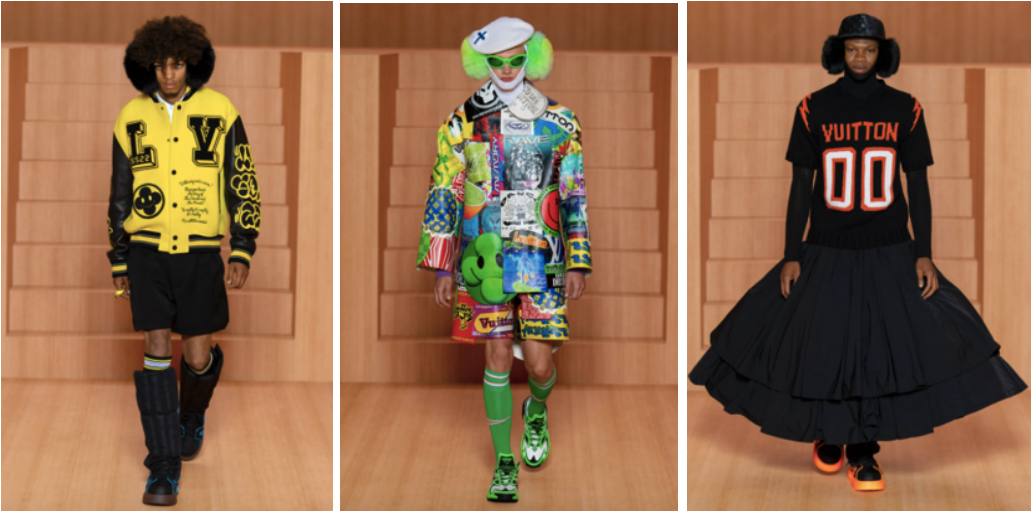 Items from Louis Vuitton’s Spring 2022 menswear collection
Items from Louis Vuitton’s Spring 2022 menswear collectionSource: Louis Vuitton/Vogue[/caption] By contrast, Louis Vuitton’s Spring 2018 menswear collection featured understated styles and subdued colors (pictured below), representing what high-fashion houses stood for at the time. [caption id="attachment_149029" align="aligncenter" width="700"]
 Items from Louis Vuitton’s Spring 2018 menswear collection
Items from Louis Vuitton’s Spring 2018 menswear collectionSource: Louis Vuitton/Vogue[/caption] Virgil Abloh, whom LVMH appointed as Louis Vuitton Menswear’s Artistic Director in March 2018 (a role he held until he passed away in November 2021), certainly helped spearhead the company’s adoption of streetwear styles. Abloh brought with him experience and vision from his own streetwear brand, Off-White, which he founded in 2012. Both Abloh and Off-White became popular for their authenticity and commitment to diversity. When Abloh took over Louis Vuitton’s menswear department, his collections received similar anticipation to his Off-White releases. In January 2019, Michael Burke, CEO at Louis Vuitton, told Women’s Wear Daily that Abloh’s debut, streetwear-inspired Spring 2019 collection outsold the Louis Vuitton-Supreme streetwear collaboration (released in June 2018) by 30% in the first 48 hours. Over 1,000 consumers queued to purchase items at a Tokyo pop-up on the first day alone. Hugo Boss is another luxury brand that is embracing streetwear designs. It recently rebranded, moving away from structured and tailored clothing to more casual collections. In January 2022, the group unveiled new campaigns for its HUGO and BOSS labels, with the former focusing on Gen Zers aged under 25 while the latter caters to millennials aged 25–40. The HUGO and BOSS campaigns also featured celebrities, including American rapper Future and socialite Kendall Jenner for BOSS and Guyanese-American rapper SAINt JHN and Sudanese model Adut Akech for HUGO. The group released images of the celebrities wearing clothing from the collections, including jackets, hoodies and shorts in stretchier, more comfortable fabrics. [caption id="attachment_149030" align="aligncenter" width="520"]
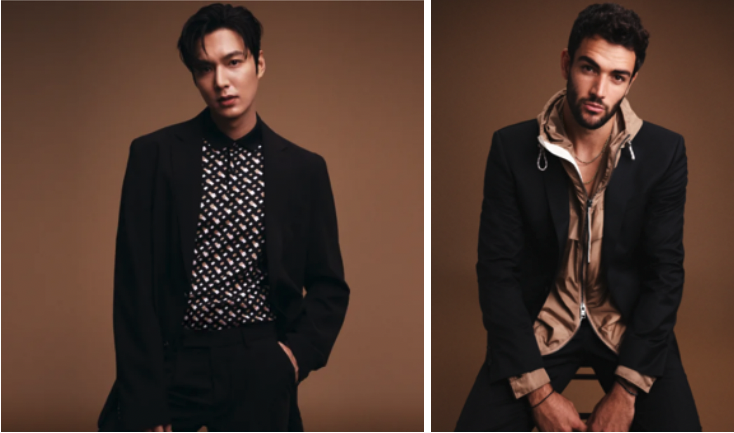 Selected items from the Hugo Boss rebranding campaign
Selected items from the Hugo Boss rebranding campaignSource: Hugo Boss[/caption] The pandemic transformed the way people work and live, ushering in the casualization of fashion. We expect that these changes will birth new brands that are focused on being creative, producing high-quality and comfortable apparel, as well as prompting “traditional” luxury brands to transform and cater to younger audiences. If major brands such as Louis Vuitton and Hugo Boss are adopting streetwear into their mainstream collections, other brands in the sector will follow. Luxury Brands Embrace Streetwear Companies’ Messaging Typically, most luxury brands use formally drafted, official statements to share their stance on socioeconomic issues, such as the Black Lives Matter movement. They rarely, if ever, embed messaging into their products. On the other hand, streetwear uses creative design and logo and emblem placement to convey the brand’s and designer’s values. For instance, Demna Gvasalia, Founder of luxury streetwear label Vetements, is known for his bold designs, which feature satirical takes on consumerism and capitalism. Vetements unveiled its Spring 2020 collection through a fashion show at a McDonald’s restaurant on Champs-Élysées in Paris on June 20, 2019. Several items in the collection featured designs parodying logos of popular brands, such as Heineken, PlayStation and Vodafone (pictured below). Other pieces resembled manager and prison uniforms with name tags reading, “Hello. My name is Capitalism.” [caption id="attachment_149032" align="aligncenter" width="700"]
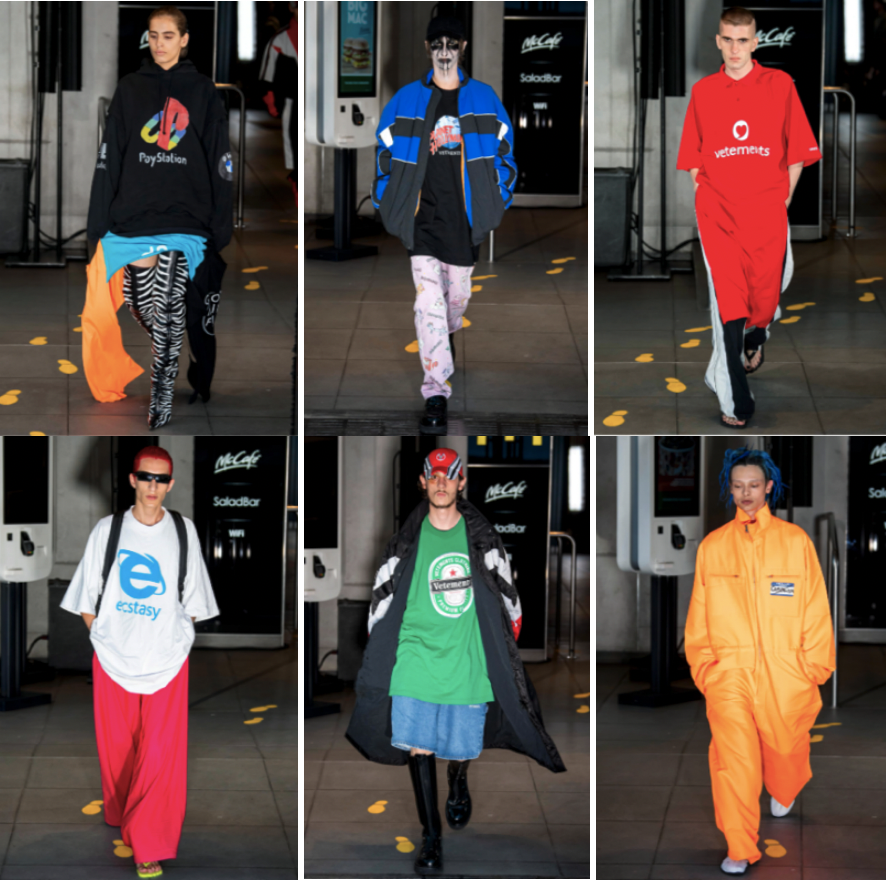 Items from Vetements’ Spring 2020 collection
Items from Vetements’ Spring 2020 collectionSource: Fashionista[/caption] Gvasalia’s authenticity helped Vetements grow into a famed streetwear label and led to him becoming Creative Director of Balenciaga (Kering) in 2015. While Gvasalia left Vetements in September 2019, his Balenciaga collections continue to demonstrate his thoughtful take on fashion. On May 9, 2022, the Kering brand announced the release of its “Paris Sneakers,” a line of worn-out, scuffed sneakers selling for $495–$695, with a limited, “full destroyed” variation selling for $1,850. According to the brand, the sneakers are “a retooled classic design [that] interprets mid-century athleticism and timeless casual wear.” The promotional campaign showcased the shoes in an “extremely worn, marked-up and dirtied” state, suggesting that they “are meant to be worn for a lifetime,” according to the Balenciaga press release. [caption id="attachment_149033" align="aligncenter" width="700"]
 A photo from the Paris Sneakers promotional campaign (left); the “full destroyed” variation of the sneakers (center); the standard, worn-out Paris Sneakers (right)
A photo from the Paris Sneakers promotional campaign (left); the “full destroyed” variation of the sneakers (center); the standard, worn-out Paris Sneakers (right)Source: Balenciaga[/caption] The release of the “destroyed” sneakers garnered much attention across social media, with many pointing out the irony in spending hundreds of dollars on “used” sneakers, while others, such as lifestyle magazine GQ France’s Editor Pierre A. M’Pelé (who goes by “pam_boy” on Instagram; see image below), interpreted Gvasalia’s messaging as “turning the essence of luxury upside down” by “making fun of people who will indeed spend a minimum wage” on destroyed shoes. Without question, the Paris Sneaker line has sparked a conversation and will likely resonate with younger consumers, who are more outspoken regarding socioeconomic issues. [caption id="attachment_149060" align="aligncenter" width="700"]
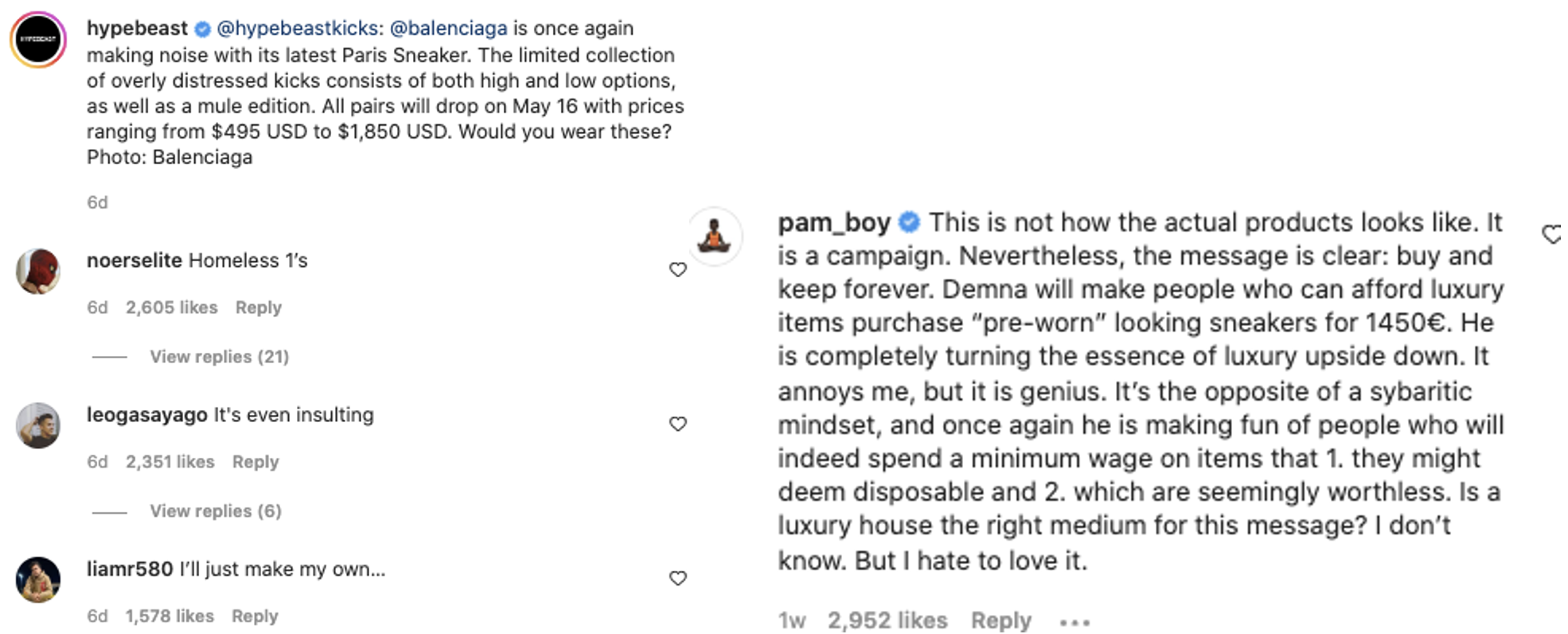 Social media users criticizing the Balenciaga Paris Sneaker line (left) and pam_boy’s interpretation of the line (right)
Social media users criticizing the Balenciaga Paris Sneaker line (left) and pam_boy’s interpretation of the line (right)Source: Instagram[/caption] Other luxury brands are also adopting streetwear brands’ approach to messaging on social values, demonstrating luxury and streetwear’s continued entanglement. LVMH-owned brand Loewe has become quite vocal in its support for raising AIDS awareness, releasing a limited-edition T-shirt line featuring the works of American artist and AIDS activist David Wojnarowicz in May 2018. Through its Loewe Foundation, Loewe donated proceeds from the T-shirt line to nonprofit organization Visual AIDS, which supports HIV+ artists, and also held an exhibition of the artist’s work in Spain. [caption id="attachment_149035" align="aligncenter" width="520"]
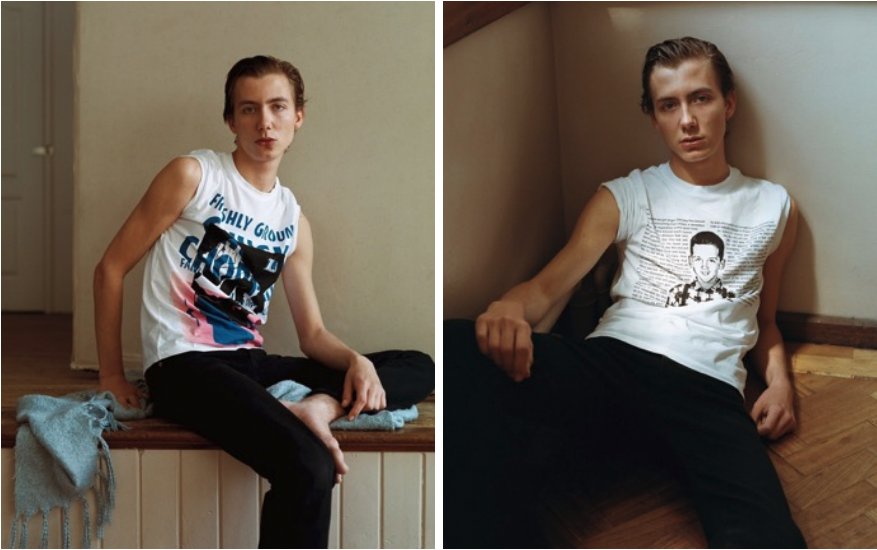 Loewe’s limited-edition T-shirts featuring the work of artist and AIDS activist David Wojnarowicz
Loewe’s limited-edition T-shirts featuring the work of artist and AIDS activist David WojnarowiczSource: DazedDigital/FashionNetwork[/caption] Shortly after George Floyd’s death during his arrest in 2020, several luxury brands voiced their support for the Black Lives Matter movement through social media and official statements. However, others released limited-edition clothing as a show of support. For example, Fear of God, an American luxury brand, launched a T-shirt with the initials “GF” on the front as a tribute to Floyd. The back of the garment featured other minority-owned brands that supported Fear of God’s cause, including Abloh’s Off-White. The brand stated that it would contribute all proceeds from the T-shirt to Floyd’s daughter, Gianna Floyd. [caption id="attachment_149036" align="aligncenter" width="520"]
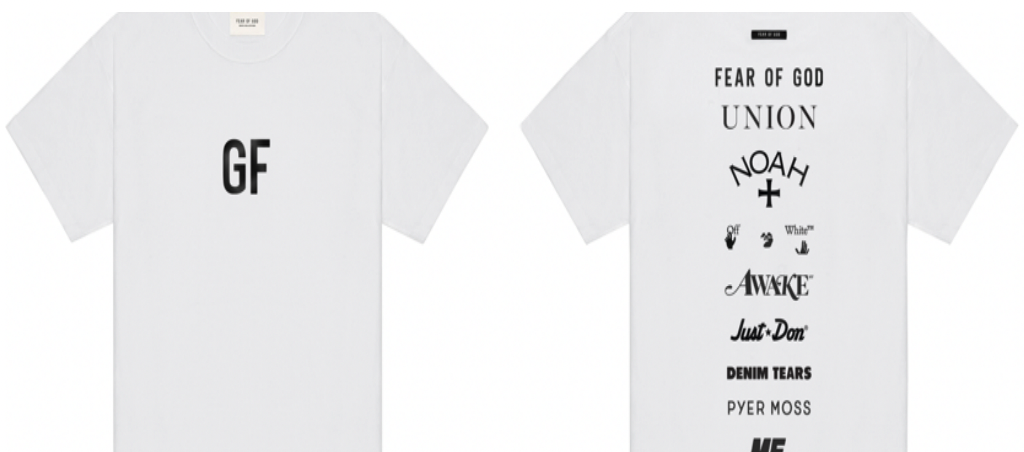 Fear of God’s T-shirt tribute to George Floyd
Fear of God’s T-shirt tribute to George FloydSource: Essence[/caption] Luxury and Streetwear Mashups Grow Visibility Brand mashups (whereby two brands collaborate with each other to launch new projects and products) can bring together unlikely groups, offer unique products, provide teaching opportunities for all brands involved and create opportunities for quick sales through discovery and engagement. Through brand mashups, partner brands can realize three key benefits:
- Drive consumer engagement—The limited-time appeal and uniqueness of collaborations help brands generate and drive interest.
- Tap new markets—Collaborations with players outside the luxury sector may be brand dilutive if done improperly. However, if done well, the collaborations can provide instant access to new markets. For instance, in the case of luxury and streetwear mashups, they give luxury players access to high-spending streetwear consumers and vice versa.
- Elevate brand value—Brand collaborations are produced in limited quantities and for a limited time, amplifying shoppers’ rush to purchase the products, driving demand and brand value.
 T-shirt and jackets from the Burberry-Supreme collection
T-shirt and jackets from the Burberry-Supreme collectionSource: Burberry[/caption] Prada x Adidas Prada and Adidas announced a collaboration in January 2022, featuring clothing, footwear and accessories made with Prada’s recyclable Re-Nylon fabric and including both Adidas’s trademark three stripes and Prada’s logo in the designs. [caption id="attachment_149038" align="aligncenter" width="480"]
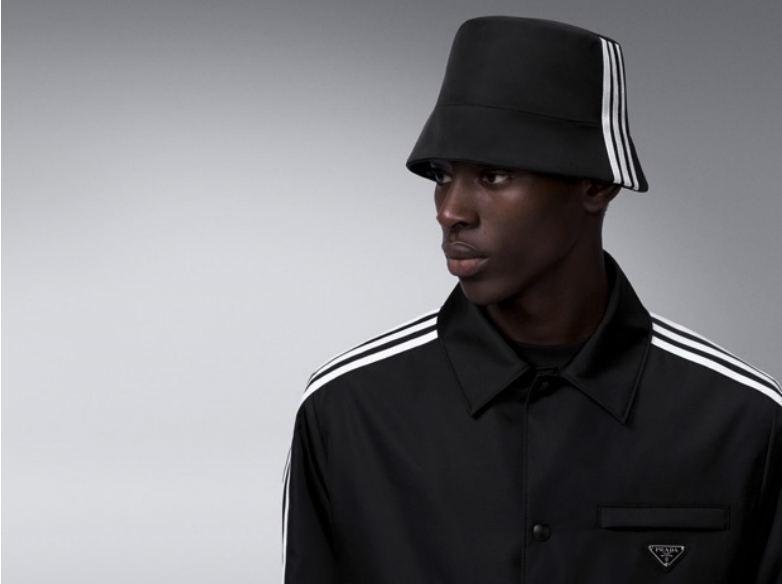 A hat and jacket from the Adidas and Prada mashup collection.
A hat and jacket from the Adidas and Prada mashup collection.Source: Hypebeast[/caption] Gucci x Adidas Adidas also recently announced a Fall/Winter 2022 collaboration collection with Gucci in February 2022. The brands worked together to create clothing, footwear and accessories featuring both brands’ monograms and logos. [caption id="attachment_149039" align="aligncenter" width="580"]
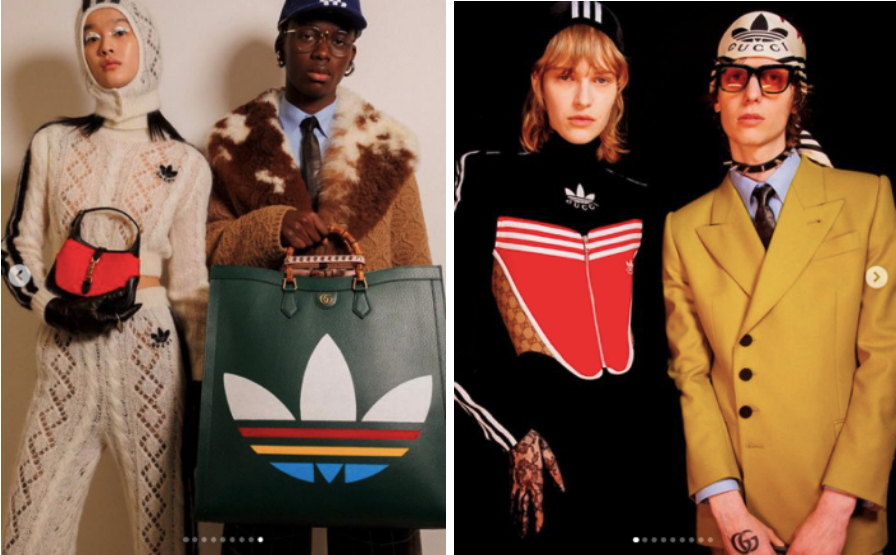 Items from Gucci’s Fall Winter 2022 collection
Items from Gucci’s Fall Winter 2022 collectionSource: Hypebeast[/caption] Given the success of mashups and the excitement they generate, we expect to see more luxury and streetwear brands collaborate in the months and years to come.
What We Think
As workplaces evolve to be more remote and casual and as younger populations around the world grow, we think luxury will continue to break away from its traditional norms and look to new audiences, designers and trends for inspiration, specifically streetwear brands and designers. Implications for Brands/Retailers- Luxury brands need to break away from what worked earlier—the traditional grandeur of luxury is now outdated as consumer audiences demand more relaxed silhouettes and fabrics.
- Luxury brands should look to partner with established streetwear brands or bring in seasoned designers to tap into the subculture, which is increasingly transforming from a trend to a mainstay in fashion.
- Mashups create a sense of excitement and urgency, as well as help brands experiment with the streetwear market before they want to scale.